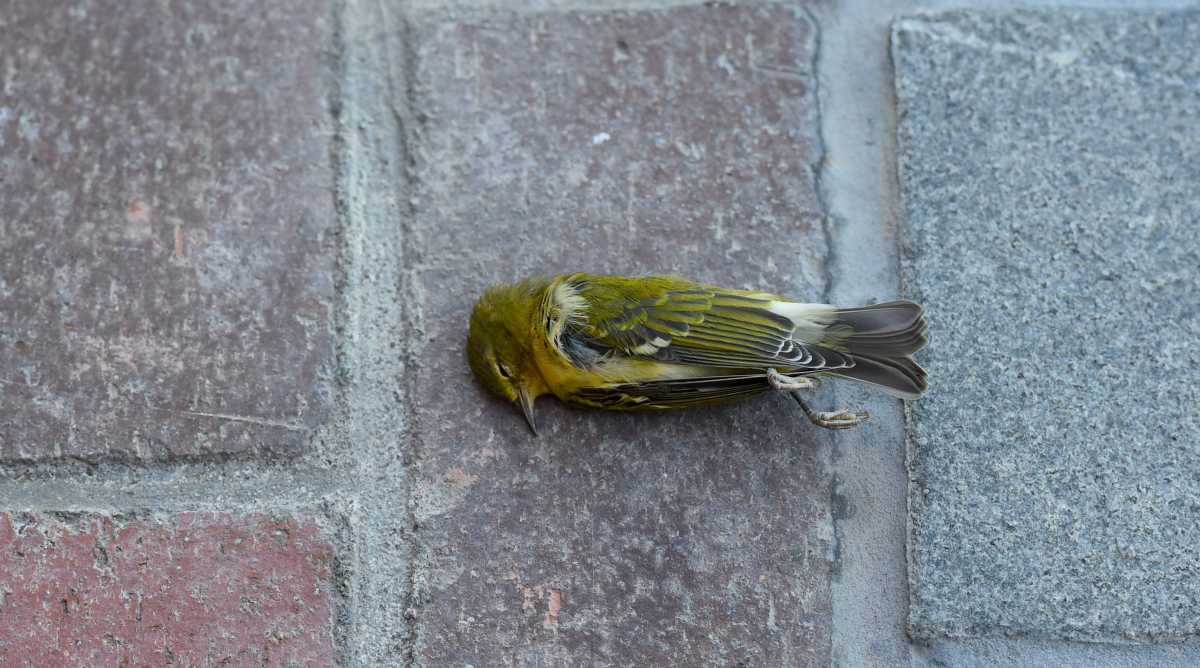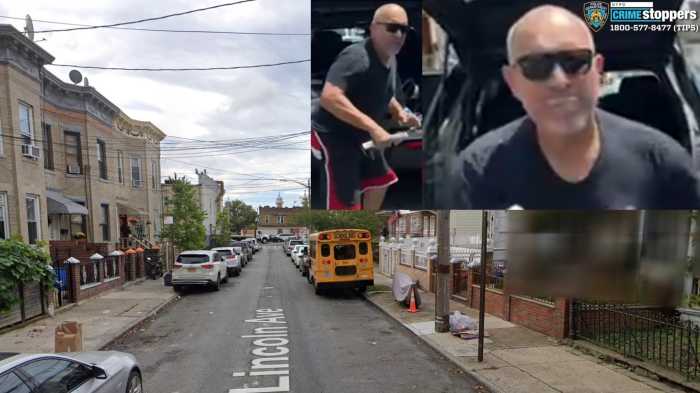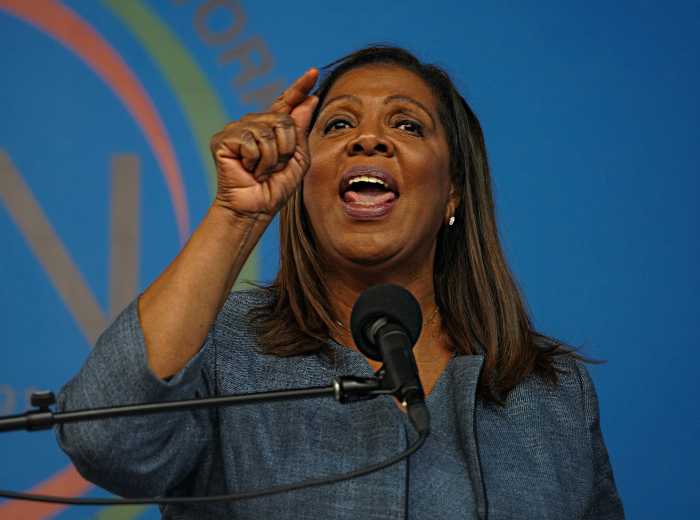In one week’s time, the Wild Bird Fund and local bird watchers recorded the deaths of a red-tailed hawk and an owl that both collided with the same building on West 57th Street.
Their deaths were not isolated incidents — but rather just two of the 90,000 to 230,000 birds estimated to die each year from striking New York City’s skyscrapers.
It’s become such a regular occurrence that New York City council members introduced legislation this year to require certain buildings to use bird-friendly glass.
“It’s really a slaughter — a massacre,” said Rita McMahon, the director of the Wild Bird Fund, which is the city’s only wildlife rehab center.
Birds often misinterpret glassy reflections of trees as their actual habitats, so they pick up speed and fly to what they think is safety but crash into buildings, breaking their beaks, wings and backs, cracking their skulls, damaging their eyes and suffering concussions, McMahon said.
Many times when an injured bird is seen on the ground, it looks in tact, but it may actually be suffering from a concussion or hemorrhaging, she said.
The birds that collide the most in New York City are white-throated sparrows, warblers, kinglets and thrushes, according to Kaitlyn Parkins, a spokeswoman for the New York City Audubon. Migrating birds are also at risk especially because they do not know the area as well as native ones, she said.
There are also certain buildings that seem to be the worst offenders, especially in the Financial District and along Central Park because they are either mostly glass or reflect nearby trees.
“It really doesn’t need to be a huge glass building — any building, it can have a small window, and even that is a problem,” Parkins said.
The Wild Bird Fund regularly posts photos of birds on Twitter that have been rehabilitated, including those hurt by smacking into windows.
On Oct. 12, the account said the Time Warner Center at Columbus Circle is particularly dangerous.
It would be hard to design a building more perfectly suited to killing birds than the Time Warner Center, with its glass facade right next to one of the most important migration stopovers on the East Coast. This Tennessee warbler found out the hard way.
📷: Phyllis Tseng pic.twitter.com/kSKqo7ZxoC
— Wild Bird Fund (@wildbirdfund) October 12, 2019
Some bird watchers like photographer Terrance Zahner have recorded collisions themselves. Zahner tweeted on Oct. 6 that he had recorded his 100th bird collision at Circa Central Park at West 110th St. and Frederick Douglass Boulevard in under two years.
The proprietors of both buildings did not immediately return requests for comment on Tuesday.
New York City Audubon also records bird deaths through D-Bird.org — a website where New Yorkers can report dead or injured birds they come across. Those reports go toward helping the Audubon fight for collision prevention and bird rescues.
The reports can be seen on an interactive map.
“I think [the number of bird deaths per year] is conservative,” McMahon said. “I don’t think we get all the reports.”
Kaitlyn Parkins from the New York City Audubon said the numbers they have do not represent all the deaths that occur.
“Our estimation doesn’t mean that we’re finding them all, but we are definitely collecting surveys and doing studies, tagging birds see how long they last on the street,” she said.
Despite that, having the numbers is a major tool in fighting for bird-friendly glass, she said.
The organization gained the support of council members Rafael L. Espinal Jr., the Speaker Council Member Corey Johnson, Helen Rosenthal, Justin Brannan, Karen Koslowitz, Stephen Levin, Bill Perkins, Daniel Dromm, Costa Constantinides, Barry Grodenchik, Carlina Rivera, Keith Powers, Mark Levine, Jimmy Van Bramer, Antonio Reynoso and the Public Advocate Jumaane Williams, who sponsored the bill — Intro 1482.
If passed, it would require that glass installed on newly constructed or altered buildings be treated to reduce bird strike fatalities. It is currently laid over in the Committee on House and Buildings.
“As an animal lover, Speaker Johnson believes that having bird-safe glass is vital,” said spokesman Juan Soto. “New York City is a big stop for migratory birds, and our buildings unfortunately become a death trap for thousands of birds each year.”
“This is one more thing that can lead to real conservation,” Parkins said. “It’s a crisis for birds. Birds are really important in our ecosystem — they eat insects and pests, pollinate and distribute seeds — and they’re keeping the earth functioning to the benefit of everything, including us.”





































